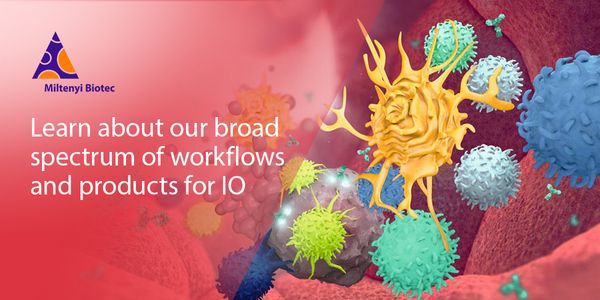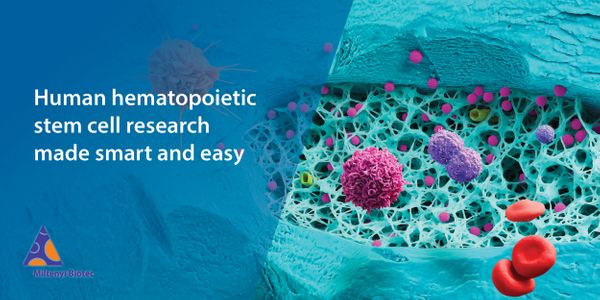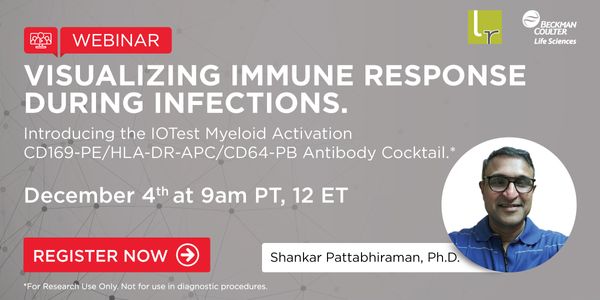Life Sciences
Life Sciences: is defined as all sciences that have to do with 'organisms', like plants, animals and human beings. Life Sciences encompass companies in the fields of biotechnology, pharmaceuticals, biomedical technologies, life systems technologies, nutraceuticals, cosmeceuticals, and other organizations and fields that devote the majority of their efforts in the various stages of research, development, technology transfer and commercialization.
-
Approximately 1 out of every 3 children with epilepsy do not respond to conventional medications, resulting in significant disruption in quality of life. The CDC states that one in 54 childr...
The growth of the cannabis / hemp industries in the United States has been tremendous. Legalization efforts continue in many states with a consistent eye on Federal legalization. As a gauge...
Over the past few years there has been an increased interest in the role of cannabis for treating medical conditions. Attitude towards cannabis has evolved rapidly with the expanding legaliz...
The utilization of high fidelity long read sequencing is critical for the resolution of repetitive genomes. Cannabis sativa is known to be diploid (2n=20), 70% repetitive, 64% AT rich and 1%...
Accurate and reliable analytical cannabinoid potency data is essential to operating a compliant, consistent, and profitable cannabis company. Third-party testing labs service this industry n...
G protein-coupled receptors (GPCRs) are among the most intensively studied drug targets, and account for about ~34% of all drugs approved by the FDA. Examples of drugs targeting GPCRs includ...
Speaker:
Annette Gilchrist, PhD
, Professor Kevin Pfleger, MA, PhD, FBPhS
, Juan José Fung, PhD
, Aarti Kawatkar
, Yamina A. Berchiche, PhD
, Ajay Yekkirala, PhD
Presented at: Drug Discovery & Development Virtual Event Series 2021
Image analysis in a real-world situation rarely involves solving a single unchanging problem. Modern tools need to be flexible and adaptable not only to solve todays problems but to support...
Speaker:
Keith Bowers, PhD
, Dave Mason, PhD
Meet xMAP® Technology all over again. Over the past 25 years, Luminex’s xMAP Technology has emerged as the worldwide leader in bead-based multiplexing. The new xMAP® INTELLIFLE...
Speaker:
Sherry A. Dunbar, PhD, MBA
, Josh Jenkins, MS
Presented at: Drug Discovery & Development Virtual Event Series 2021
Sponsored By: Luminex - A DiaSorin Company
Sponsored By: Luminex - A DiaSorin Company
























